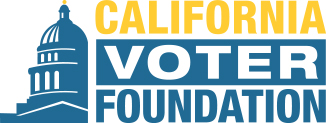Excerpt:
Nearly two months after the election, a recount settled the outcome in a Northern California U.S. House primary contest, breaking a mathematically improbable tie for second place but also spotlighting the lengthy stretch it took count the votes.
Most California residents vote by mail, and in the pursuit of accuracy, thoroughness and counting every vote, the nation’s most populous state has gained a reputation for tallies that can drag on for weeks — and sometimes longer. Voting in the state’s primary election concluded on March 5.
At time when many Americans have doubts about election integrity, a two-month stretch to tally votes in one House race “absolutely is a problem from an optics point of view,” said Kim Alexander, president of the nonpartisan California Voter Foundation, which seeks to improve the voting process.

